March is the month of renewal, and for gardeners that means it’s time to start preparing for spring! There are many things to do in order to get your garden ready for the new season, from cleaning up winter debris to planting new flowers and vegetables. In this article, we will discuss some of the most important steps you need to take in order to prepare your garden for spring. So read on for tips and advice on how to make your garden look great this year!
Why Should You Prepare a Garden for Spring
The days are getting warmer and the sun is staying out longer. This can only mean one thing: spring is on its way!
Now that winter is almost over, it’s time to start thinking about preparing your garden for spring. After all, your garden deserves a little TLC after being covered in snow and ice for the past few months.
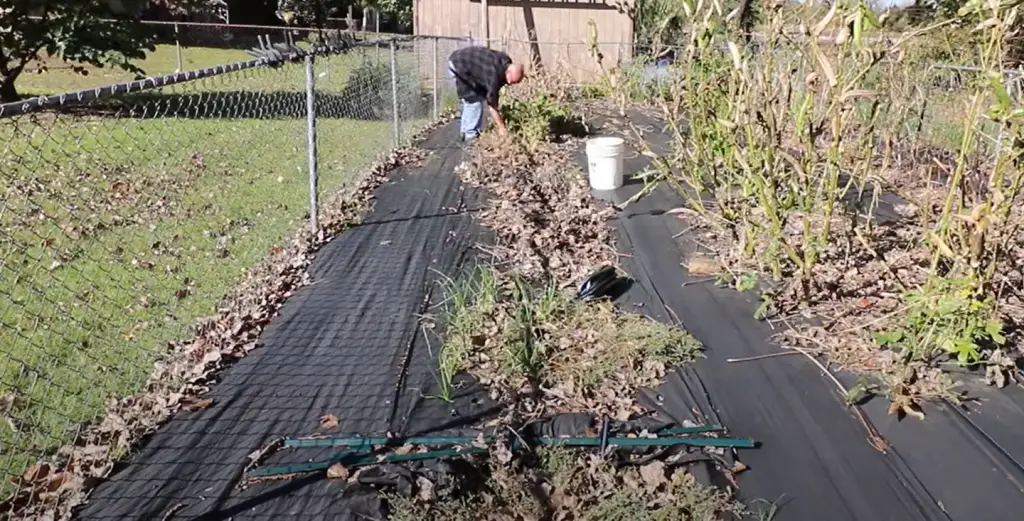
But why should you prepare your garden for spring? Here are a few reasons!
To get rid of debris
One of the first things you should do when preparing your garden for spring is to get rid of any debris that may have accumulated over the winter. This includes leaves, twigs, and branches. Not only does this debris make your garden look messy, but it can also attract pests.
So be sure to clean up your garden before the warmer weather arrives!
To make necessary repairs
Another reason to prepare your garden for spring is to make any necessary repairs. This may include repairing fences, gates, and sheds. You may also need to repair or replace some of your gardening tools. Making these repairs now will save you time and money in the long run. Plus, it will make sure that your garden is ready to go when spring arrives!
To give yourself a head start on the growing season
But most importantly, preparing your garden for spring will give you a head start on the growing season. This means that you’ll be able to plant your flowers and vegetables earlier than if you didn’t prepare your garden first.
And trust us, there’s nothing better than seeing your garden in full bloom after a long winter!
So what are you waiting for? Get started on preparing your garden for spring today! You (and your plants) will be glad you did.
How to Prepare Garden for Spring
Now that you know why you should prepare your garden for spring, it’s time to learn how to do it! Luckily, we’ve put together an epic guide on how to prepare your garden for spring. Just follow these simple steps and you’ll be on your way to a beautiful garden in no time!
Organize and clean your shed
Shed is the best place to start when it comes to preparing your garden for spring. This is because, chances are, your shed is full of all the gardening tools and equipment you’ll need to get the job done. However, before you can start using these tools, you’ll need to take some time to organize and clean your shed.
First, take everything out of the shed and sort it into piles. Keep one pile for gardening tools, one for lawn care equipment, and one for any other miscellaneous items. Once you have everything sorted, start cleaning each item individually. For gardening tools, this means sharpening blades and polishing handles. For lawn care equipment, this means oiling moving parts and wiping down surfaces. And for miscellaneous items, this means getting rid of any junk that you don’t need.

After you’ve finished cleaning and organizing your shed, put everything back in its place. This will make it much easier to find what you need when you need it and will help keep your shed tidy throughout the spring and summer months.
Prune your plants
One of the most important steps in preparing your garden for spring is to prune your plants. This will help them to grow healthier and produce more flowers. You should start pruning as soon as the weather starts to warm up in spring.
To prune your plants, simply cut off any dead or dying branches with a sharp pair of shears. You can also trim back any overgrown branches to encourage new growth. If you’re not sure how to prune your plants, ask a gardening expert or consult a gardening book.
So don’t be afraid to get rid of any unsightly branches! [1]Clear out weeds and debris from your garden
There’s nothing worse than seeing your beautiful garden covered in weeds, mulch, and debris. So, the important step to preparing your garden for spring is to clear out all of that unwanted stuff! This will help ensure that your plants have plenty of space to grow and thrive. You can use a garden hoe or trowel to remove weeds, and a rake to remove mulch and debris. Just make sure to get all of the weeds, mulch, and debris out of your garden so that it can look its best come springtime.
This will help prevent diseases from spreading to other plants.Once you’ve cleared out all the unwanted growth from your land, it’s time to start prepping the soil for planting. [2]
Set up garden beds
If you want to have a successful garden, you need to start with good soil. And the best way to get good soil is by setting up garden beds. Garden beds are raised areas of soil that are often surrounded by a frame or border. This helps to keep the soil in place and makes it easier to weed and water your plants.
Garden beds may take a while to set up, but they’re definitely worth the effort. Not only will they help your plants to grow better, but they’ll also make your garden look more polished and professional.
Prepare the soil for planting
One of the most important steps in preparing your garden for spring is to prepare the soil for planting. This can be done by tilling the soil or adding organic matter, such as compost or manure.
It’s best to add some compost to your garden beds before the spring planting season. This will give your plants a boost of nutrients and help them grow to their fullest potential. You can make your own compost at home, or you can purchase it from a garden center.
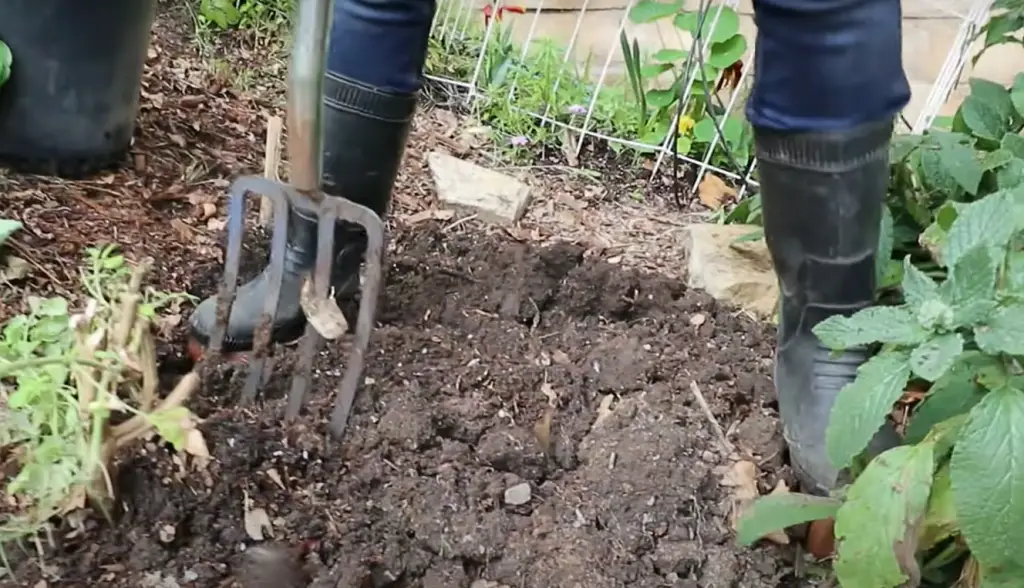
And don’t forget about tilling! Tilling the soil will help aerate it and allow nutrients and water to reach the roots of your plants more easily. If you add organic matter to your soil, it will help improve drainage and increase fertility. [3]
Apply mulch
You can further prepare your garden for spring by applying mulch to your garden beds. Mulch is a layer of material, usually organic, that is spread over the surface of the soil. Its main purpose is to protect the soil and plant roots from extreme temperatures, erosion, and drought. Mulch also helps to improve the soil’s fertility by adding essential nutrients and humus. In addition, mulch can help to suppress weeds and keep the garden tidy.
To apply mulch, simply spread it around your garden beds using a rake or shovel. You can find mulch at most home improvement stores or online.
If you’re not sure how much mulch you need, a general rule of thumb is two to four inches (five to ten centimeters). Just make sure that you don’t cover up any plants when you’re applying it! [1],[2]
Grow transplants indoors
One of the best ways to get a head start on your garden is to grow transplants indoors. This way, you can have all of your plants ready to go as soon as the weather warms up. All you need are some pots, potting mix, and seeds. Just fill each pot with potting mix, plant your seeds, and water them regularly. Keep an eye on your plants and make sure they have enough light. Once they’re big enough, you can transplant them into your garden.
If you want to grow transplants but don’t have the space for it, you can always use a windowsill or greenhouses to get started.
Of course the actual time when you should begin planting your transplants will depend on the climate you live in. In some regions, the planting season starts in mid April while in others it may not start until May. [4]
Order summer/fall seeds
While you’re at it, why not order your summer and fall seeds? This way you can have them delivered right to your doorstep and be one step ahead for the next planting season.
There are a few things to keep in mind when ordering seeds:
- The type of seed you want (flowers, vegetables, herbs, etc.)
- The quantity of seeds you need
- The specific variety of seed you want (if you have a particular plant in mind)
You can order seeds online or from a local nursery. Just make sure to do your research so that you’re ordering the right type and quantity of seeds for your garden.
Hunt for garden pests
Another thing you definitely should do when preparing your garden for spring is to hunt for garden pests. These little critters can cause a lot of damage to your plants, so it’s important to get rid of them as soon as possible. A good way to find garden pests is to look for signs of damage on your plants. If you see any holes in the leaves or chewed-up stems, chances are there’s a pest nearby.
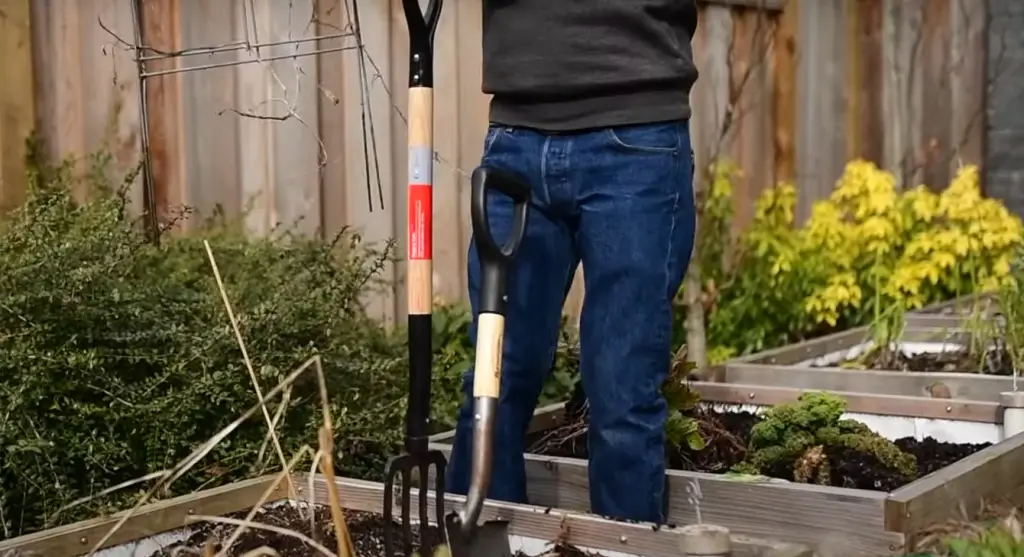
The pests you should look for the most are larvae of the common housefly, cabbage white butterfly, and earwig. These are some of the most destructive pests that can wreak havoc on your garden.
Once you’ve found a garden pest, there are a few different ways to get rid of it. You can either pick it off by hand or use a pesticide.
Another way to find garden pests is to set up a trap. You can use a variety of different traps, but one of the most effective is a yellow sticky trap. These traps are covered in a sticky substance that will attract and capture insects. Just be sure to check the traps regularly and dispose of the insects properly. [3]
Maintain fences and trellises
Your garden’s fences and trellises are important for both aesthetic and functional purposes. Not only do they add to the overall look of your garden, but they also provide support for your plants. So, be sure to inspect them regularly and repair any damage that you see.
It’s also a good idea to give them a fresh coat of paint or stain every few years to keep them looking their best. If you have wooden fences or trellises, you should treat them with a weatherproofing agent to prevent rot.
Clean and sharpen gardening tools
Obviously, you can’t prepare your garden for spring without the proper tools! Before you start working in your garden, you need to make sure that all of your tools are clean and sharp. This includes things like shovels, hoes, rakes, pruners, and more. You don’t want to be stuck with dull or dirty tools when you’re trying to get your garden ready for the season!
Sharpening your gardening tools is very important. Dull blades make it difficult to cut through plants and can damage them. You can sharpen your tools yourself or take them to a professional. Either way, it’s crucial to make sure that they are sharp before you start using them in your garden.
If they are particularly dirty, you may need to soak them overnight in a bucket of soapy water. Once they are clean, dry them off and apply a light coating of oil to prevent rusting.It’s also recommended to sterilize your tools before using them in your garden. This will prevent the spread of disease and pests. To sterilize your tools, you can soak them in a solution of bleach and water for 30 minutes. [1],[2],[3],[4],[5]
Create a compost bin
Compost is a great way to add nutrients to your soil and improve the health of your plants. If you don’t already have a compost bin, now is the time to create one!
You can purchase a compost bin or build your own out of pallets or other materials. Once you have your bin, fill it with things like leaves, grass clippings, fruit and vegetable scraps, coffee grounds, and eggshells.
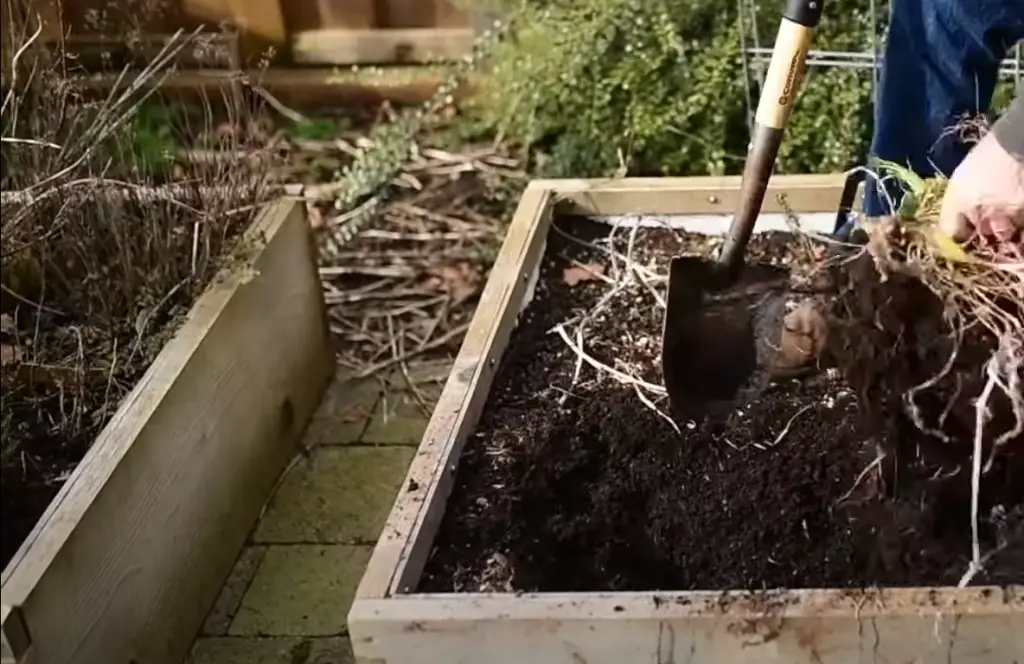
Be sure to turn the compost regularly so that it breaks down evenly. You can use a pitchfork or shovel to do this. In no time at all, you’ll have nutrient-rich compost that will help your plants thrive!
Clean your greenhouse
Just like your home, your greenhouse needs a good spring cleaning before the warmer weather arrives. Start by giving the inside and outside of your greenhouse a thorough cleaning. This will get rid of any dirt, dust, or debris that has accumulated over winter. Once you’ve cleaned the outside of your greenhouse, focus on cleaning the inside. Wash down all of the shelves and floors with soapy water. Then, wipe down all of the glass surfaces to ensure they are free from streaks and smudges.
After you’ve given your greenhouse a good cleaning, it’s time to start prepping it for spring planting. First, check the temperature inside your greenhouse. The ideal temperature for most plants is between 55-70 degrees Fahrenheit. If the temperature inside your greenhouse is too hot or too cold, you may need to make some adjustments. For example, if the temperature is too hot, you can open the vents or door to let some of the heat out.
FAQ
How do you prepare soil for spring?
The first step is to rake up any dead leaves and debris from the garden. This will help to aerate the soil and improve drainage. Next, you need to turn over the soil with a spade or fork. This will help to loosen it up and allow new roots to penetrate more easily. Finally, you should add some organic matter such as compost or manure. This will help to improve the quality of the soil and provide essential nutrients for your plants.
How do you restart a spring garden?
The most important thing when it comes to restating a spring garden, is re-fertilizing the soil. This will give your plants the nutrients they need to grow strong and healthy. You can also add some organic matter to the soil, such as compost or manure. Once you’ve taken care of the soil, you can start planting your spring garden!
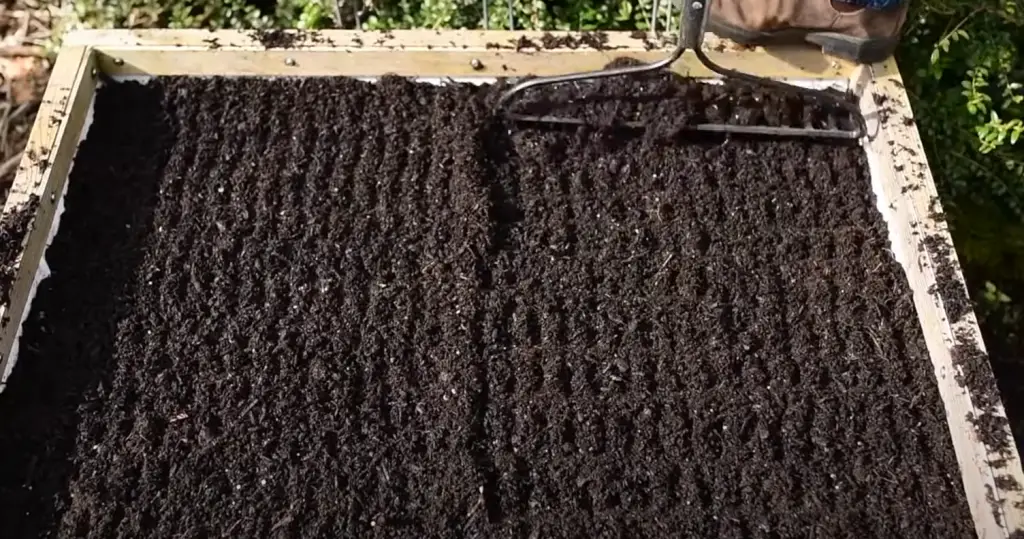
If you’re starting from scratch, it’s important to choose the right location for your garden. Consider factors like sunlight and drainage when picking a spot. Once you’ve found the perfect spot, you can start preparing the soil.
How do you prepare a raised bed for spring?
The first step is to add compost or manure to your raised bed. This will help improve the drainage and aeration of the soil, as well as provide nutrients for your plants. You can also add a layer of mulch to help retain moisture and keep weeds at bay. Once you’ve added these amendments, you can start planting your spring garden!
How do you make a spring garden?
To make a spring garden, you’ll need to start by preparing the soil. You can do this by tilling the soil and adding compost or other organic matter. Once the soil is prepared, you can then plant your seeds or starts. Be sure to water regularly and fertilize according to the needs of your plants.
Useful Video: Prepare Your Garden for Spring Garden Vegetables | GARDENWORKS Canada
Conclusion
Winter is a great time to prepare your garden for the spring. By raking and fertilizing the soil, you can ensure that your garden is ready for planting as soon as the weather warms up. You should also grow some seedlings indoors so that they are ready to transplant when the time comes. And don’t forget to clean your tools and get rid of any debris that may have accumulated over the winter months. With a little bit of preparation, you can make sure that your garden is ready to thrive come springtime. Thanks for reading!
References:
- https://todayshomeowner.com/6-tips-to-prepare-your-garden-for-spring/
- https://www.epicgardening.com/spring-garden/
- https://www.ruralsprout.com/prepare-your-garden-for-spring/
- https://seewhatgrows.org/prepare-garden-spring/
- https://gardeningsolutions.ifas.ufl.edu/care/tools-and-equipment/disinfecting-tools.html





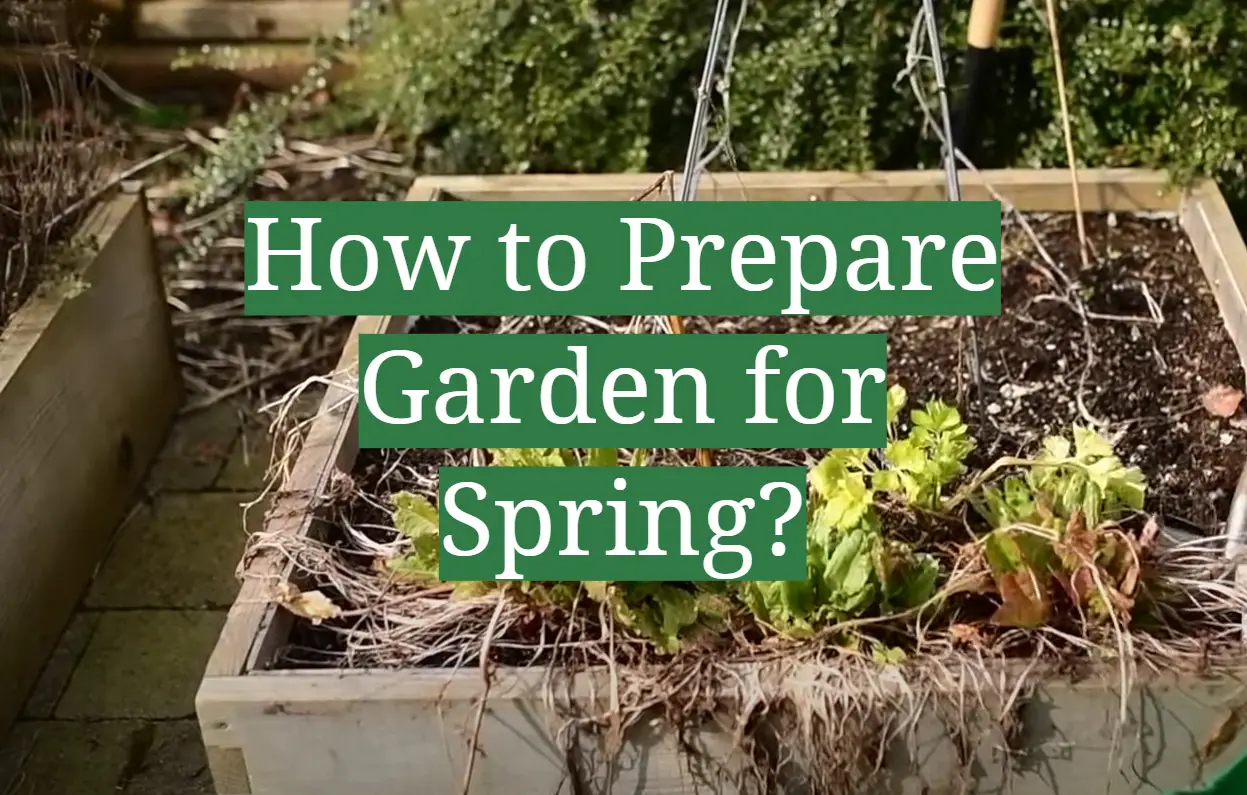




Leave a Reply
View Comments